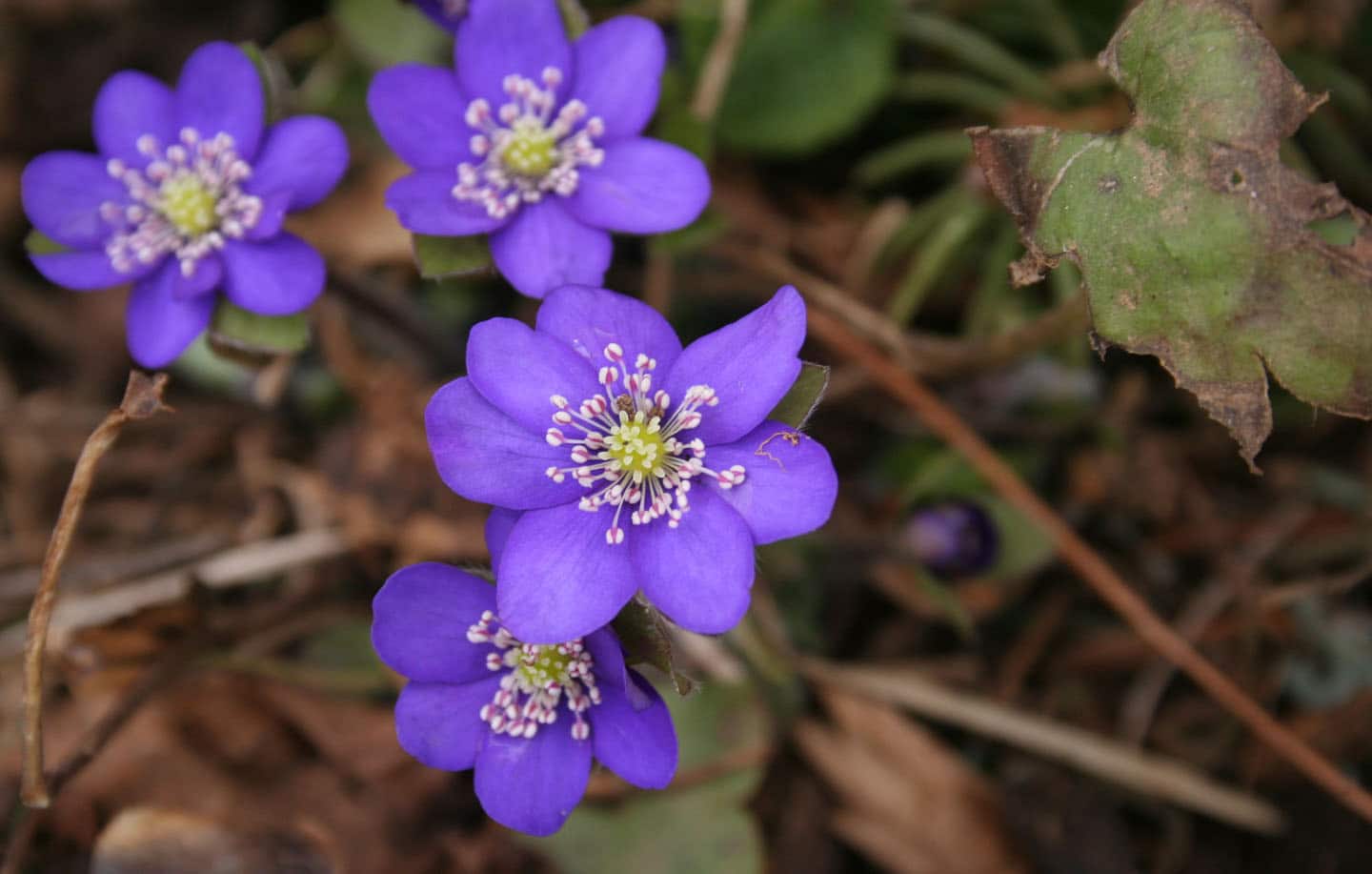
What garden event signifies to you that spring has really, truly arrived in your part of the country? Here in Atlantic Canada, we have had what has felt like an interminable winter, with so many snowstorms that we began to joke that if it was Wednesday, we’d have a snowstorm. Finally, however, all but the most determined snowdrifts in woods, ditches and fields have relinquished their grip, and gardeners are being bathed in warm air and sunlight.
I went out to walk around my garden a couple of days ago, curious to see what was coming awake besides the usual early spring bulbs. I moved to my new home in Wolfville, N.S., late last April, so all my plantings are new, and the climate is slightly milder than it was at my former home on the Fundy shore. It’s a smaller garden, which meant careful selection of plants, but there are certain perennials that I simply had to put in last spring.
I love the early blooming perennials: primulas, pulmonarias, marsh marigolds and, in particular, the exquisite woodland hepatica, also known as liverleaf or liverwort. Imagine my intense pleasure when I saw the blue buds of my carefully transplanted hepatica coming awake for the first time in my new garden.
The genus Hepatica is in the Ranunculaceae, or buttercup family, and includes only a few species, two of which are found in North America. Some taxonomists now place several species of Hepatica into the closely related Anemone genus, but the common name remains the same.
H. americana can be found growing in mixed deciduous forests throughout North America, including those in Nova Scotia, but it is becoming quite rare in the wild, due to habitat destruction. I saw it growing near Bridgewater 30-odd years ago, and see it in the Acadian forest of the Annapolis Valley, but only very occasionally. Those who know of a locale where the plant is found in the wild tend to keep that knowledge secret.
Hepatica foliage will often persist throughout winter, with new leaves appearing once the plant has bloomed in early spring. Flowers are usually a rich lavender-blue, but can also be white or pink. Several nurseries have been propagating hepaticas, including the species from Japan and Europe, for years to make them more widely available for gardeners, and this allows for more variety in flower colours. There is at least one rare (and pricy) double hot-pink variety. As with their relatives the hellebores, you often have no idea what colour you will have if you’re lucky enough to have your plants produce seed and seedlings.
Hepaticas, hardy to Zone 4, do best in well-drained, humus-rich soil—too soggy a soil and they will falter over winter. They’re quite shade tolerant and would suit a shaded area of a rock garden.
The name hepatica comes from the Greek “hepar,” referring to the liver. In the medieval Doctrine of Signatures, the three-lobed leaves, which turn a rusty reddish colour in late summer and over winter, were thought to resemble the colour and shape of the organ of the same name. Medieval doctors used the plant to treat liver ailments, and it is still in use today by some herbalists to treat coughs and bronchitis rather than liver problems. Most of us, however, simply plant hepatica and enjoy it for its beauty—and for its proof that winter has finally left us.
